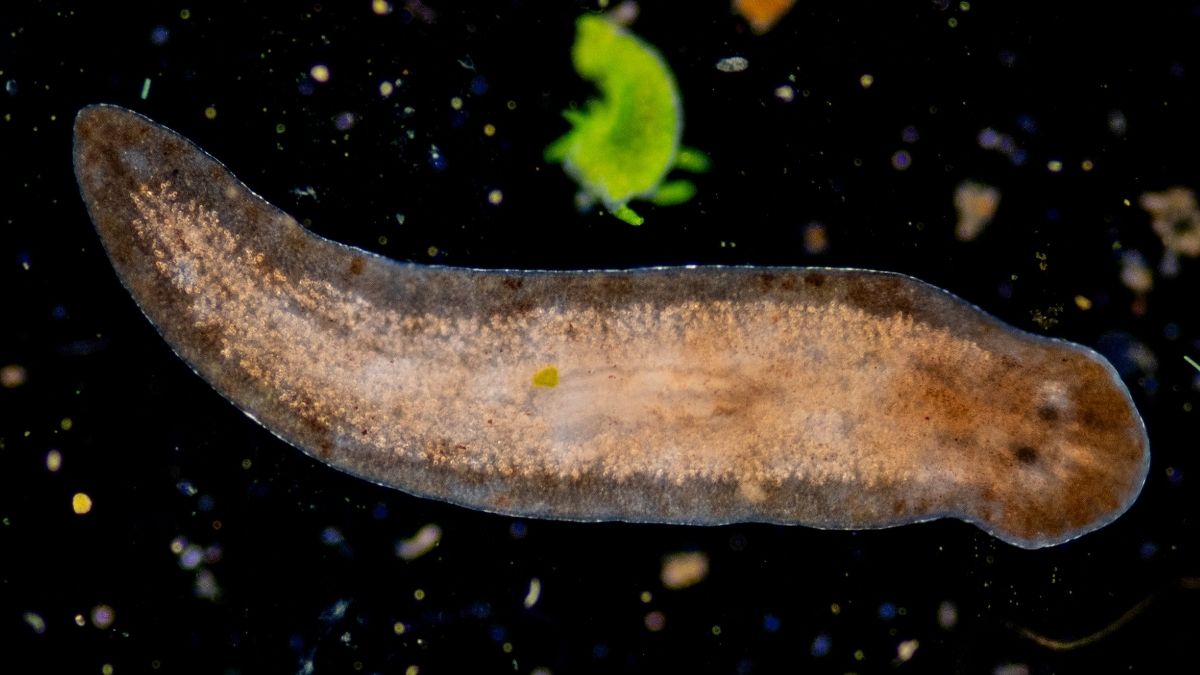If humans ever leave Earth to colonize other planets, they will need companions that are incredibly resilient and able to shrug off the lethal conditions found in outer space. Tiny animals called tardigrades, only visible under magnification, are perfect for the job.
At about 0.004 inches long, a tardigrade can nap through a blast of ionizing radiation strong enough to cripple spacecraft systems.
A new study by NASA ambassador Isadora Arantes and Professor Geancarlo Zanatta of the Federal University of Rio Grande do Sul examines the toughness of tiny tardigrades and what makes them tick.
Why tardigrades matter
Tardigrades are extremophiles, organisms that tolerate ranges most species never encounter, from -456 °F to 302 °F and pressures up to 1,200 atmospheres.
Such extremes make them a natural laboratory for the question of whether cellular life can survive the hazards of space.
In 2007, dehydrated specimens endured ten days in open orbit and revived when rehydrated back on Earth. This feat showed that biology, not just spores, can tolerate the vacuum, ultraviolet glare, and micrometeoroid hits outside the atmosphere.
The trick rests on a state called cryptobiosis, where the animal curls into a tun, suspends metabolism, and replaces water with glass-like proteins. In this form it waits out drought, freeze, or radiation that would shred ordinary DNA.
Scientists have logged survival at particle doses above 5,000 grays, dozens of times higher than the lethal dose for humans. The numbers hint at molecular armor rather than sheer luck.
DNA bodyguard protein
A standout piece of that armor is Damage Suppressor, or Dsup, an intrinsically disordered protein that coats chromatin in a loose mesh.
Simulations by Arantes and Zanatta using Gromacs show Dsup scattering incoming energetic particles before they can snap DNA strands.
Laboratory work backs the picture, as Dsup trimmed X-ray damage by about 40 percent when engineered into human cells. In those tests, irradiated cells expressing the protein kept dividing while unprotected neighbors stalled or died.
“The protein prevents genetic mutations by dissipating radiation and minimizing DNA disruptions,” the authors report, a conclusion drawn from nanosecond-scale molecular dynamics runs.
Their calculations align with crystallography that found no rigid core, only flexible loops that mold to the phosphate backbone.
Arantes and Zanatta also note supporting cast members: heat shock proteins that refold bent peptides and antioxidant enzymes that mop up reactive oxygen unleashed by radiation.
Together the network acts like a mobile repair crew deployed the instant damage begins.
Tardigrades helping astronauts
Radiation is the hardest technical limit on crewed trips to Mars because aluminum hulls cannot block high-energy cosmic ions without adding dangerous secondary showers.
A genetic patch borrowed from tardigrades could complement shielding by giving cells an internal line of defense.
In mice, messenger-RNA injections that coax tissues to make Dsup already cut radiation-induced breakage during test exposures.
Translating that to astronauts might reduce lifetime cancer risk and lighten the mass budget for a Mars transfer vehicle.
Cryogenic tolerance is another bonus, because the same proteins help tardigrades keep membranes flexible when water vitrifies.
That chemistry could extend the shelf life of blood products, vaccines, or even organ transplants shipped on long missions.
“These applications highlight the broader relevance of extremophiles in addressing challenges on Earth while contributing to the scientific foundation for future space missions,” observe Arantes and Zanatta.
Their statement underscores how terrestrial medicine and exploration share a need for molecular resilience.
Tardigrades and life beyond earth
Researchers also link the tardigrade rulebook to worlds such as Mars, Europa, and Titan where water and radiation mix in ways that mirror laboratory tests.
At the conference, Arantes pointed out that the stability of proteins in Titan-like ammonia-water seas reinforces that view.
The icy crust of Europa hides a salty sea bombarded by Jupiter’s magnetic field, while Titan mixes ammonia with water at pressures near 1,000 bars.
Molecular modeling shows ordinary proteins can stay folded in that chilly brine, hinting life could adapt without reinventing biochemistry.
On dusty Mars, episodic meltwater may give microbes only transient refuges, but a Dsup-style shield would slow the genetic erosion caused by cosmic rays. That makes water bears a template for what to look for in future sample-return missions.
Every survival strategy logged in a terrestrial animal widens the habitability map for the Solar System. The more tricks scientists catalog, the less alien life seems.
Next steps back on our planet
Agronomists are testing tardigrade genes in rice and wheat to see whether crops can shrug off drought and frost without sacrificing yield.
Early greenhouse trials suggested Dsup plants recover faster after gamma irradiation, an edge as climate change intensifies storms and ozone depletion events.
Pharmaceutical companies hope the same proteins will keep monoclonal antibodies stable without expensive cold chains. Replacing freezers with molecular antifreeze would cut costs for rural clinics and disaster zones alike.
Regulators will insist on careful checks for unintended side effects because DNA-repair pathways tie into cancer risk. Yet the broad interest signals confidence that tardigrade solutions can be ported rather than merely admired.
For Arantes, Zanatta, and a growing cadre of astrobiologists, the next milestone is to watch Dsup at work inside living animals during deep-space analog missions.
Tiny cameras and omics assays aboard Lunar Gateway could reveal whether the protein performs as advertised beyond low Earth orbit.
The study is published in Lunar and Planetary Science Conference Proceedings.
—–
Like what you read? Subscribe to our newsletter for engaging articles, exclusive content, and the latest updates.
Check us out on EarthSnap, a free app brought to you by Eric Ralls and Earth.com.
—–
Source link


